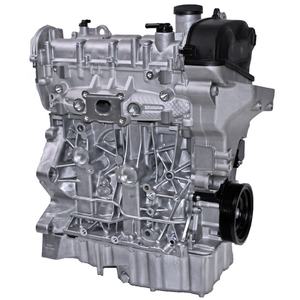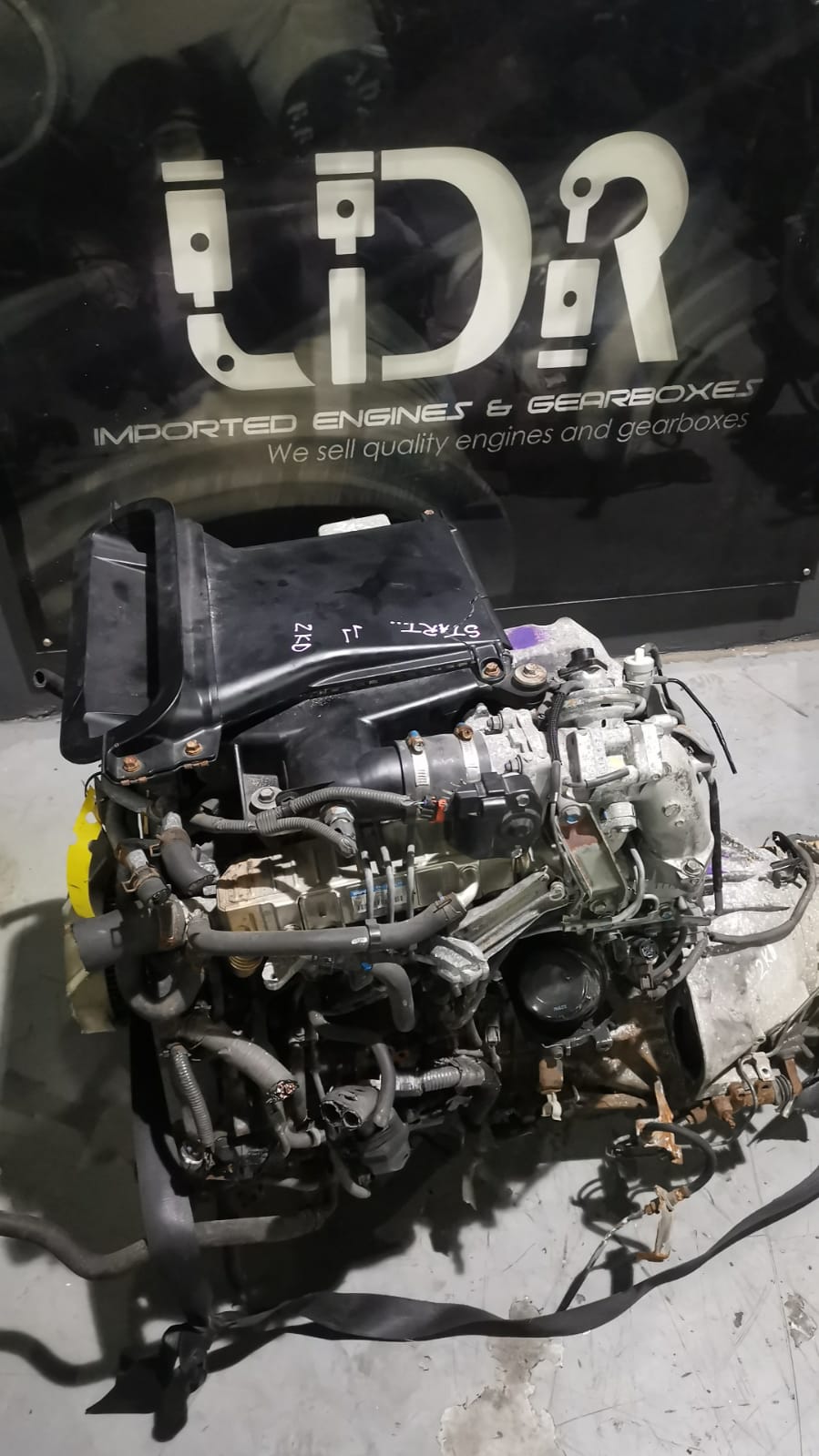Enhance Your Adventure with a High-Quality Opel Corsa Engine
Enhance Your Adventure with a High-Quality Opel Corsa Engine
Blog Article
Checking Out the Inner Workings of a Compact Vehicle's Engine System
As vehicle drivers, we often consider provided the intricate processes that happen within the confines of our car's engine system. The compact yet complex machinery that pushes us ahead is a wonder of design precision and sychronisation. From the controlled explosions in the burning chamber to the meticulous timing of fuel shot, every component plays a crucial role in the smooth procedure of the engine. In this expedition of a small lorry's engine system, we will unwind the inner workings of this mechanical harmony, losing light on the enigmas that drive us onward on our daily trips.
Combustion Refine Introduction
The burning process in a portable lorry's engine system is an important mechanism that efficiently transforms fuel right into energy to power the car. This procedure takes place within the combustion chamber of the engine, where fuel and air mix, ignite, and generate regulated explosions. The combustion process contains four primary phases: consumption, compression, exhaust, and power.
Throughout the consumption stage, the piston moves downward, attracting in a combination of air and gas right into the burning chamber. This descending motion produces the power needed to drive the vehicle. This cyclic combustion procedure is basic to the operation of a portable vehicle's engine system, guaranteeing reliable power conversion for propulsion.
Piston and Cyndrical Tube Communication

The piston's precise fit within the cyndrical tube is important for maintaining ideal compression and protecting against energy loss throughout combustion. Limited clearances in between the piston and cyndrical tube walls guarantee efficient sealing, permitting the piston to move smoothly without permitting gases to leakage past. Correct lubrication is also vital to reduce friction and wear in between these parts, enhancing durability and performance.
Additionally, the style and products made use of in producing the piston and cylinder impact engine effectiveness and longevity. Modern engines often utilize light-weight yet durable products like aluminum alloys for pistons and cyndrical tube liners to decrease inertia and improve thermal effectiveness. In general, the unified interaction between the piston and cylinder is basic to the engine's performance and total efficiency.
Fuel Injection System Functionality
Gas injection systems in compact car engines play an essential function in exactly delivering gas to the combustion chamber for regulated and effective ignition. The fuel shot system functions by infusing gas right into the burning chamber at the ideal moment throughout the engine's procedure (opel corsa engine). This precise timing ensures that the gas mixes evenly with the air for correct combustion, leading to enhanced fuel efficiency and lowered emissions
There are mostly two kinds of gas shot systems utilized in compact car engines: port fuel injection (PFI) and direct fuel injection (DFI) PFI systems inject fuel right into the intake port prior to the intake shutoff, while DFI systems inject gas directly into the burning chamber. Both systems have their benefits, with DFI offering better fuel atomization and PFI supplying a much more cost-efficient remedy.
Recognizing Engine Cooling Mechanisms
Reliable operation of a portable car's engine relies heavily on the efficiency of its cooling mechanisms. Engine air conditioning is necessary to stop overheating, which can bring about significant damages and lowered efficiency. The cooling system in a compact lorry generally contains a number of components functioning with each other to manage the engine temperature. One vital component is the radiator, which uses coolant to soak up heat from the engine. As the warm coolant streams with the radiator, it releases warmth right into Visit Website the air, cooling down prior to returning to the engine. The water pump distributes the coolant through the engine and radiator, ensuring a regular flow to regulate temperature level. Additionally, the thermostat helps control the coolant circulation to maintain optimal engine temperature. Some vehicles likewise have cooling down fans that turn on when added cooling is required, such as throughout heavy website traffic or heat. Recognizing these engine air conditioning systems is important for maintaining the efficiency and longevity of a portable car's engine system.

Exhaust System Elements Explained
The optimal performance of a small lorry's engine air conditioning mechanisms relies on a corresponding system referred to as the exhaust system, which comprises various vital parts for guaranteeing efficient emissions and engine efficiency. The exhaust system consists of elements such as the exhaust manifold, catalytic converter, muffler, and tailpipe. The exhaust manifold accumulates exhaust gases from the engine's paths and cyndrical tubes them to the catalytic converter. The catalytic converter then converts hazardous toxins in the exhaust right into much less hazardous emissions before releasing them through the muffler and tailpipe.
One essential component of the exhaust system is the oxygen sensing unit, which keeps an eye on the oxygen degrees in the exhaust gases to help regulate gas consumption and make certain ideal engine efficiency. opel corsa engine. Additionally, the resonator might exist in some exhaust systems to minimize sound degrees. Overall, the exhaust system plays a crucial role in keeping engine performance, reducing damaging exhausts, and making certain a quieter driving experience for portable automobile proprietors

Conclusion
To conclude, the small vehicle's engine system is an intricate mix of elements that interact to facilitate the burning procedure, convert fuel you can try this out right into energy, and eliminate waste gases. Understanding the inner workings of the engine system, consisting of the piston and cyndrical tube communication, gas injection system, engine air conditioning devices, and exhaust system elements, is essential for maintaining optimal performance and efficiency of the automobile.
The burning procedure in a portable car's engine system is a vital device that efficiently transforms fuel right into energy to power the lorry.Gas injection systems in portable automobile engines play a crucial function in precisely delivering gas to the burning chamber for reliable and regulated ignition.There are mainly two types of fuel injection systems utilized in portable vehicle engines: port fuel injection (PFI) and direct gas injection (DFI) Recognizing these engine air conditioning devices is important for maintaining i thought about this the efficiency and long life of a portable car's engine system.
The ideal performance of a small car's engine cooling devices depends on a complementary system understood as the exhaust system, which makes up numerous necessary parts for making certain efficient emissions and engine performance.
Report this page